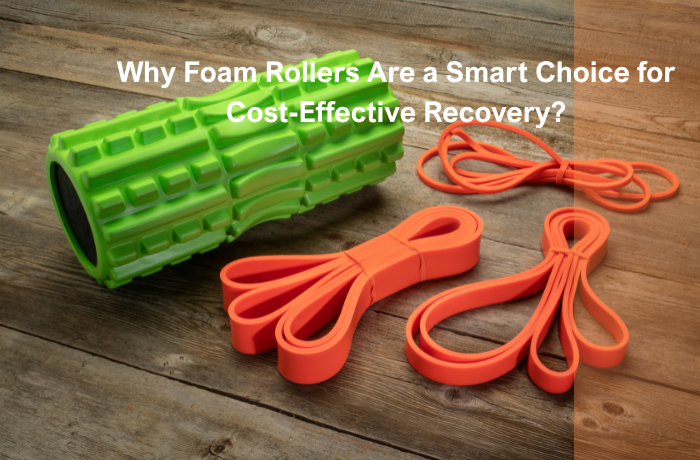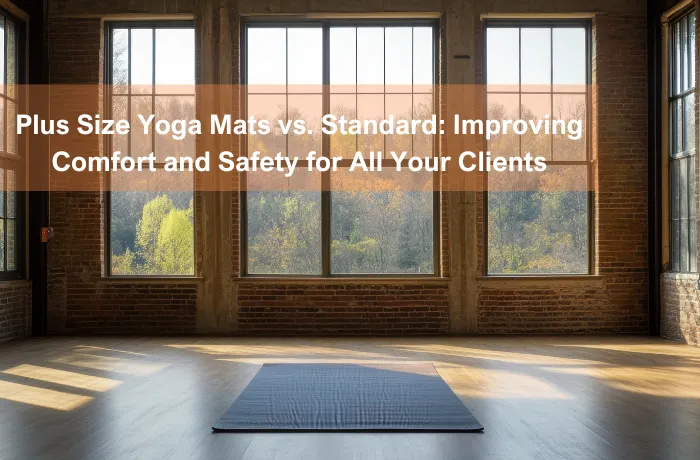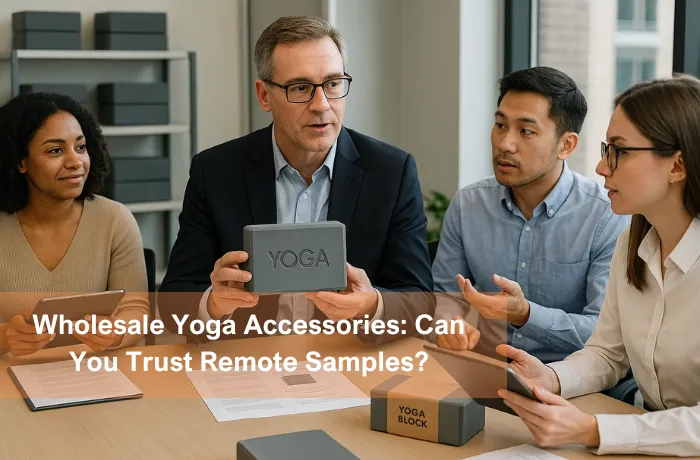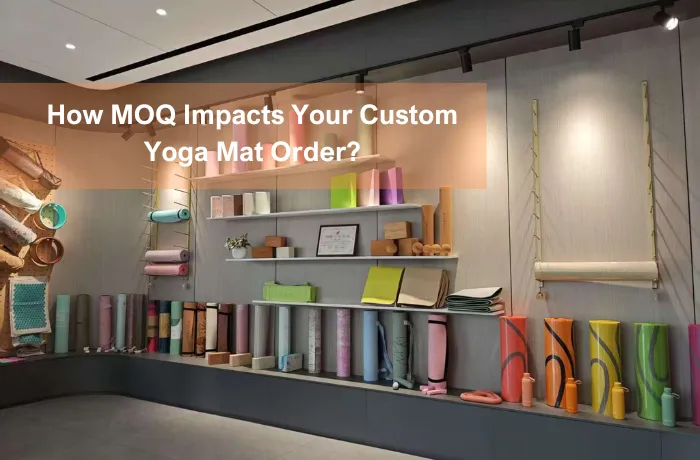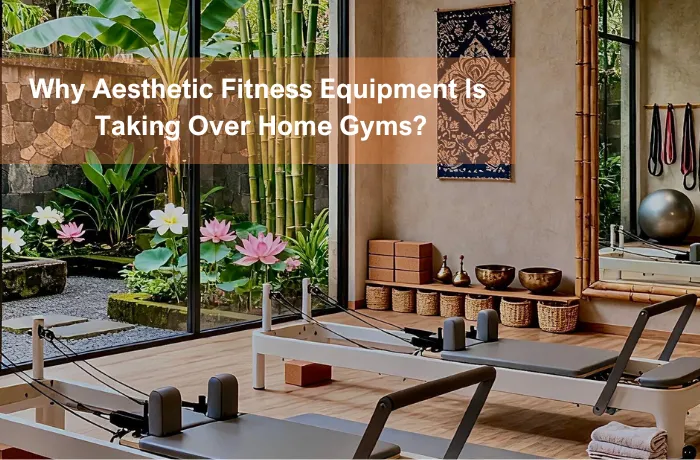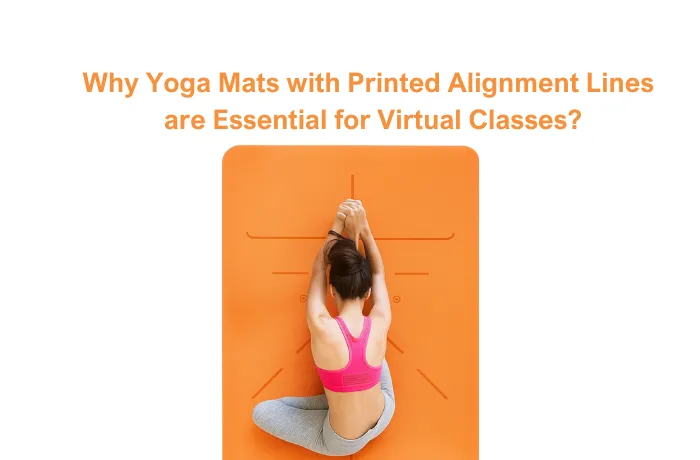Foam rollers are a smart and cheap way to recover after exercise. You can use them almost anywhere, like at home or at the gym. Many people feel less muscle pain and move better when they use them on sore spots. When you check the cost, the difference is clear:
| Recovery Tool Type | Example Product | Approximate Price Range |
|---|---|---|
| Standard Foam Roller | TriggerPoint Grid STK | Around $35 |
| Compression Boots | NormaTec | Around $799 |
| EMS Devices | Marc Pro | $700 to $1,400 |
You do not have to spend a lot to see real results. Foam rollers show that simple tools can help a lot with recovery.
Key Takeaways
- Foam rollers are a cheap way to help your body recover after exercise. They cost much less than massage guns or therapy sessions. Using a foam roller can help your muscles feel less sore. It can also help you move better and recover faster. Foam rollers work by loosening tight spots and helping blood flow. You do not need special skills or tools to use a foam roller. You can use them anywhere, so they are good for beginners and people with experience. Foam rollers are not just for sore muscles. You can use them for stretching, balance, and core workouts too. Start with a soft or medium foam roller. Roll slowly over big muscles. Do not roll over bones or joints. Listen to your body to stay safe and get the best results.
Foam Roller Basics
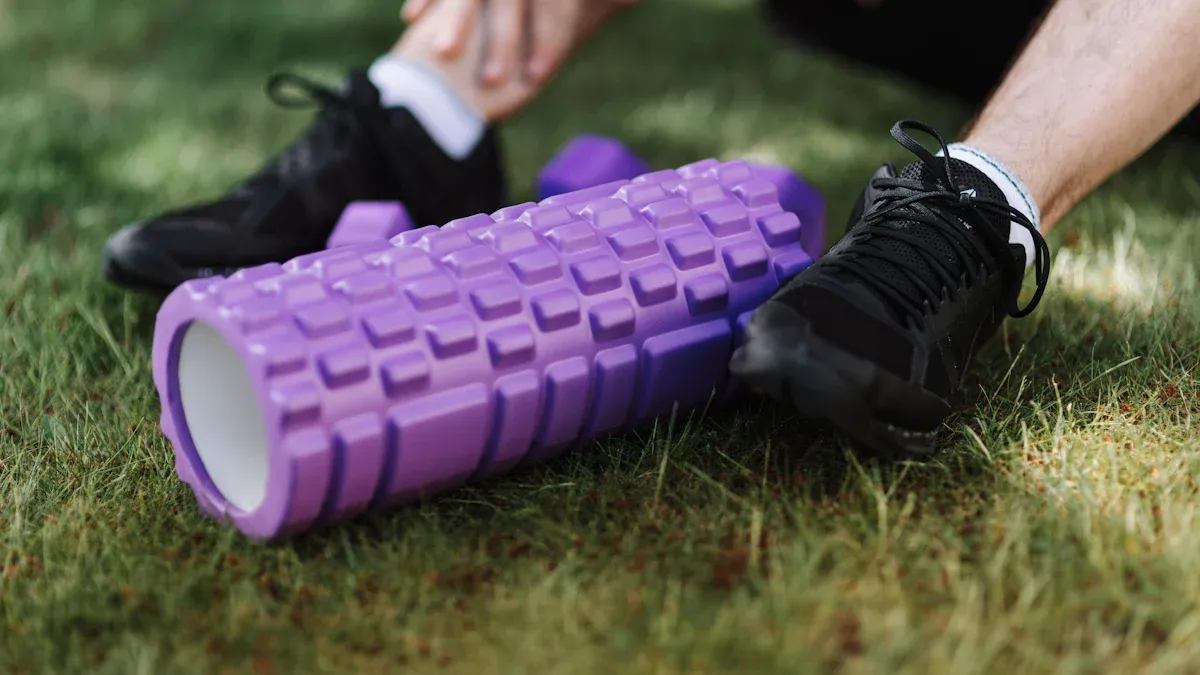
What Is a Foam Roller?
A foam roller is a tool that helps you recover. You can find it in gyms, homes, and clinics. It looks like a tube made of foam. Foam rollers come in different sizes, like 12, 18, or 36 inches long. Most are about 6 inches wide. Some are round, and some are half-round for more balance. The type of foam is important too. Softer foam feels gentle and is good for beginners. Firmer foam gives a stronger massage and lasts longer. Molded foam does not wear out fast and can be used every day.
Tip: Pick a foam roller that fits your needs. Softer rollers are good for gentle recovery. Firmer rollers help with tight muscles.
Foam rollers help with balance, stretching, and sore muscles. You can use them for myofascial release to break up knots. This also helps you move better. Heavier people often like firmer rollers because they do not flatten.
How It Works?
Foam rolling helps your muscles recover faster. You use your body weight to press on sore spots. These spots are called trigger points. The pressure helps break up knots in your muscles. Foam rolling brings more blood to your muscles. This gives them more oxygen and nutrients. It also helps your body relax by sending signals to your nerves.
- Foam rolling does myofascial release by pressing on tight fascia.
- You can move better and feel less sore after exercise.
- Rolling over a trigger point helps release tension.
- Studies show foam rolling makes you more flexible and less sore.
Foam rolling works best if you spend 30 to 120 seconds on each muscle. You can use it before or after you exercise. Where and how often you roll matters more than the roller’s texture. Myofascial release from foam rolling helps you recover and move better every day.
Benefits
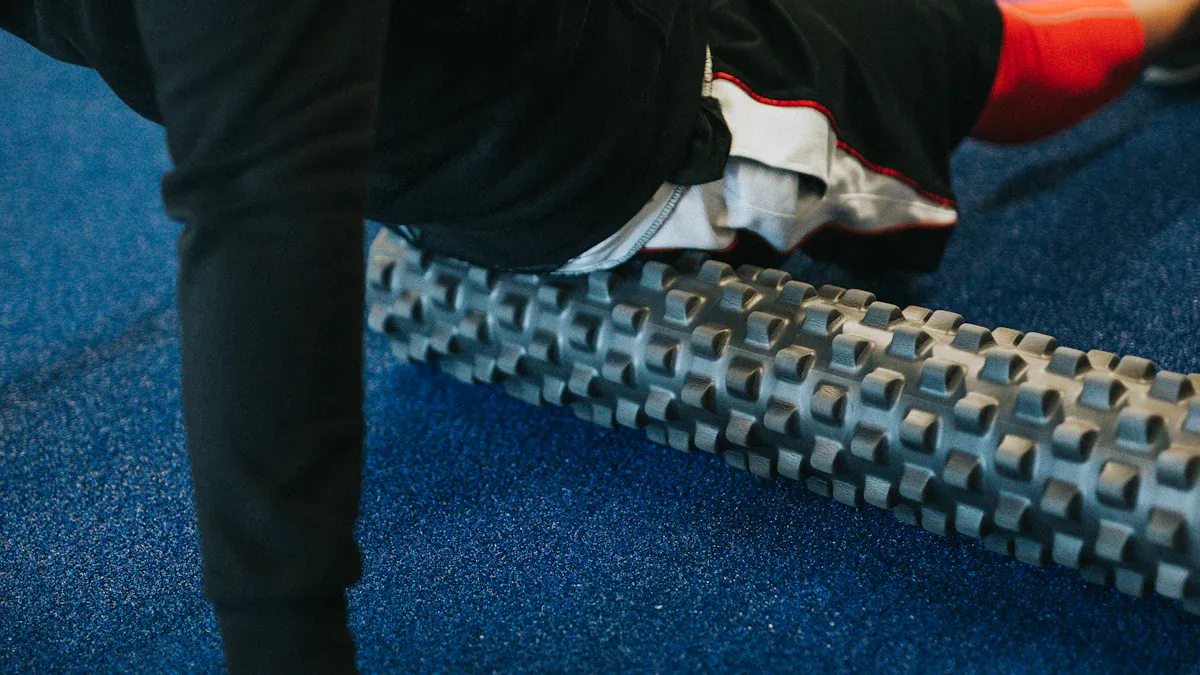
Affordable Recovery
You want a tool that helps you recover and saves money. Foam rollers let you do this. When you look at prices, the difference is big. Check out this table:
| Recovery Tool | Starting Price | Notes |
|---|---|---|
| Foam Roller | $50 | Budget-friendly option |
| Massage Gun | $300 | Typically more advanced technology |
| Therapy Session | N/A | No pricing data available in sources |
You save about $250 if you pick a foam roller instead of a massage gun. This means you can care for your health and still keep money for other things. You do not need fancy tools or pricey visits to feel good. Foam rolling gives you real results for less money. You can use it at home, at the gym, or when you travel. This makes muscle recovery easy for everyone.
Tip: Try a simple foam roller first. You will get results without spending much.
Effective Results
You want to feel less sore and recover faster after exercise. Foam rolling helps you do this. Studies show foam rolling lowers delayed onset muscle soreness (DOMS) and helps you perform better. In one study, people used foam rolling after hard squats. They felt less sore and did better in sprints, jumps, and strength tests. The good effects started right away and lasted up to 48 hours.
| Aspect | Details |
|---|---|
| Study Design | Controlled laboratory study with repeated-measures design |
| Participants | 8 healthy, physically active males (age ~22 years) |
| Intervention | 10 × 10 squat protocol at 60% 1RM to induce DOMS; foam rolling applied immediately, 24h, 48h postexercise |
| Key Results | Foam rolling significantly reduced muscle tenderness and improved sprint speed, power, and dynamic strength-endurance compared to control |
| Time Course of Effects | Benefits observed immediately and at 24 and 48 hours postexercise; squat repetitions returned to baseline faster with foam rolling (48h vs 72h control) |
| Conclusions | Foam rolling effectively reduces DOMS and supports its use as a recovery modality |
You can use foam rolling on a trigger point or on big muscles. This brings more blood, helps you feel better, and helps your body heal. Myofascial release from foam rolling breaks up knots and tight spots. You feel more flexible and ready for your next workout. You do not have to wait long for soreness to go away. With foam rolling, you control your recovery.
Versatile Uses
Foam rollers help with more than just sore muscles. You can use them for stretching, balance, and core workouts too. Many people use foam rolling for myofascial release, which helps you move and stretch better. You can use it on a trigger point in your back, hips, or legs. Foam rollers let you give yourself a massage and work on tight spots anytime.
Here are some ways to use a foam roller:
- Stretch and relax your neck, back, hips, knees, and shoulders.
- Stand taller and move with more control.
- Use in yoga or Pilates to make your core stronger.
- Help stop injuries by moving without hurting your joints.
- Pick different sizes and firmness for what you need, from soft to hard.
Foam rollers come in many shapes and textures. You can choose a smooth roller for a gentle feel or a bumpy one for deeper myofascial release. Some even vibrate for extra muscle help. You can use a big foam roller for your back or a small one for travel. This makes foam rolling a good choice for anyone who wants to stay active and healthy.
Note: Foam rolling is not just for athletes. Anyone can use it to feel better, move better, and live better.
Foam Roller vs. Other Tools
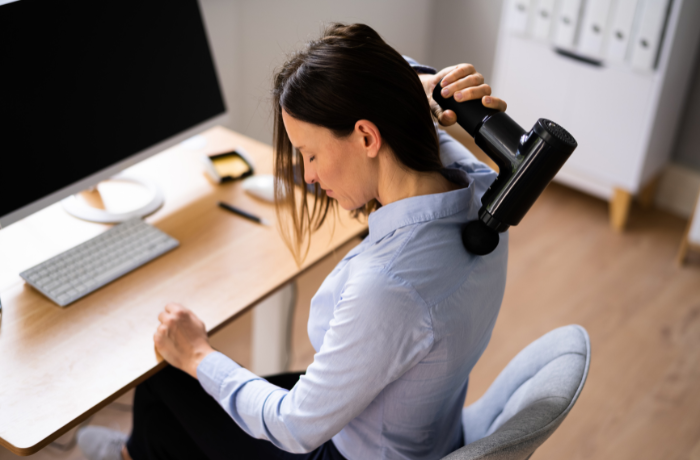
Cost Comparison
You want to recover without breaking the bank. Many recovery tools cost a lot, but a foam roller gives you great value. Massage guns and professional therapy sessions can cost hundreds of dollars. You can buy a quality foam roller for a fraction of that price. This means you can start your recovery journey today, even on a tight budget. Wellfitsource offers many affordable options, so you can find the right fit for your needs. You do not have to spend a fortune to feel better and move with confidence.
Ease of Use
You do not need special skills to use a foam roller. You simply place it on the floor and roll your muscles over it. You control the pressure and speed. This makes it easy for beginners and experts alike. Other recovery tools, like massage guns, may seem easier because you just hold and press a button. However, foam rollers help you learn about your body and how your muscles feel. You can use them anywhere—at home, at the gym, or even while traveling. You do not need batteries or charging cables. Just grab your roller and go.
User Experience
You want a tool that feels good and works well. Both foam rollers and massage guns get high ratings from users. People love how foam rollers help with broad muscle relief and fascia release. Massage guns offer deep, targeted relief. Here is a quick look at how users rate these recovery tools:
| Aspect | Foam Rollers | Massage Guns |
|---|---|---|
| User Satisfaction Rating | 4.9/5 | 4.9/5 |
| Relief Type | Broad, general | Deep, targeted |
| Ease of Use | Needs effort | Effortless |
| Comfort Level | Can be intense | Adjustable |
You can choose what works best for your goals. Many people start with a foam roller and add other tools later. Wellfitsource makes it easy to find a roller that matches your needs, whether you want gentle recovery or a firmer massage. You have the power to shape your own recovery story.
Getting Value
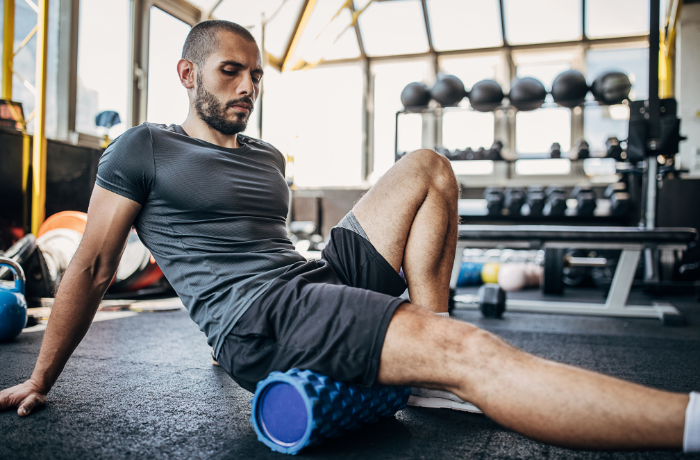
Tips for Beginners
It can be hard to start using a foam roller. You can get better with practice. Pick a roller that is soft or medium if you are new. Start with big muscles like your legs or back. Move slowly and let your body weight press down. Breathe in and out deeply to help your muscles relax. Roll over sore spots for 5 to 10 seconds at first. You can roll longer as you get used to it. Do not roll on bones or joints. Notice small changes and be patient as you improve.
Tip: Drink water before and after foam rolling. This helps your blood flow and helps your body recover faster.
Here is a table that shows problems you might have and ways to fix them:
| Common Challenge | How to Address It |
|---|---|
| Rolling too fast | Roll slowly so your muscles can react. |
| Spending too long on one spot | Only press for 20 to 30 seconds on each area. |
| Poor posture while rolling | Keep your core tight and your body in line. |
| Rolling directly on painful areas | Work on muscles around the sore spot, not right on it. |
| Rolling lower back directly | Roll your hips and thighs, not your lower back. |
Safe Use
You want to be safe when you use a foam roller. Never roll over your joints, bones, or lower back. Use light pressure and make it stronger slowly. Stop right away if you feel sharp pain. Spend 20 to 30 seconds on each sore spot. Roll over trigger points 5 to 10 times. Wait at least one day before you roll again. If you have health problems or pain that will not go away, talk to a physical therapist first. Good posture and slow moves help you avoid getting hurt and make foam rolling work better.
- Do not roll if it hurts or if you are injured.
- Change the pressure so it feels right for you.
- Ask a professional for help if you have health needs.
Budget-Friendly Choices
You can get a foam roller that fits your money plan and needs. Cheap choices like EVA and EPP foam rollers last long and feel good. Wellfitsource has many types, like standard, half, camo, hollow, and multifunctional rollers. You can pick the size, firmness, and texture you want. If you want something special, Wellfitsource can make custom colors, logos, and boxes. You can order just a few if you are starting out. Big orders get discounts, fast shipping, and extras like free samples and custom logos.
Note: Wellfitsource’s helpful team and support make it easy to build your brand and get the most from your foam roller.
You should have a recovery tool that helps you and saves money. A foam roller can help you move better and hurt less. It also helps you recover faster after exercise. Many people, from athletes to beginners, use foam rollers. They like them because they do not cost much and are simple to use. Foam rollers work for many different needs. You can choose how you want to recover and get stronger each day. If you want good choices, Wellfitsource can help you find the right foam roller for your goals.
FAQ
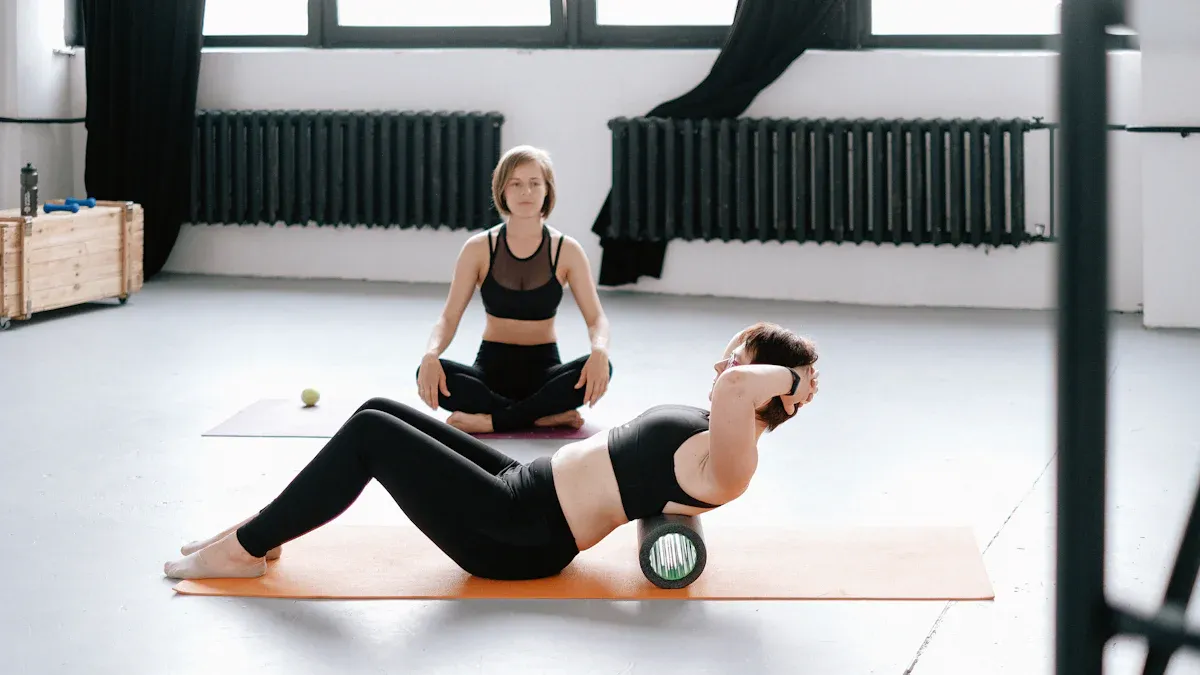
How often should you use a foam roller?
You can use a foam roller every day. Start with a few minutes after exercise. Listen to your body. If you feel better, keep rolling. You will see results with regular use.
Tip: Consistency helps you recover faster and move easier.
Which foam roller is best for beginners?
Soft or medium-density foam rollers work best for beginners. You will feel gentle pressure and less discomfort. Wellfitsource offers many beginner-friendly options. Choose a roller that fits your comfort level and goals.
| Roller Type | Best For |
|---|---|
| Soft | New users |
| Medium | Everyday use |
| Firm | Deep massage |
Can foam rolling help prevent injuries?
Yes, foam rolling helps you move better and keeps your muscles flexible. You will lower your risk of injury by using a foam roller before and after workouts. Stay active and strong with regular foam rolling.
Note: Healthy muscles support your joints and protect you from strains.
How do you clean and care for your foam roller?
Wipe your foam roller with a damp cloth and mild soap. Let it air dry. Store it in a cool, dry place. Wellfitsource rollers use durable materials, so you can enjoy long-lasting performance.
- Clean after each use.
- Avoid harsh chemicals.
- Keep away from direct sunlight.

